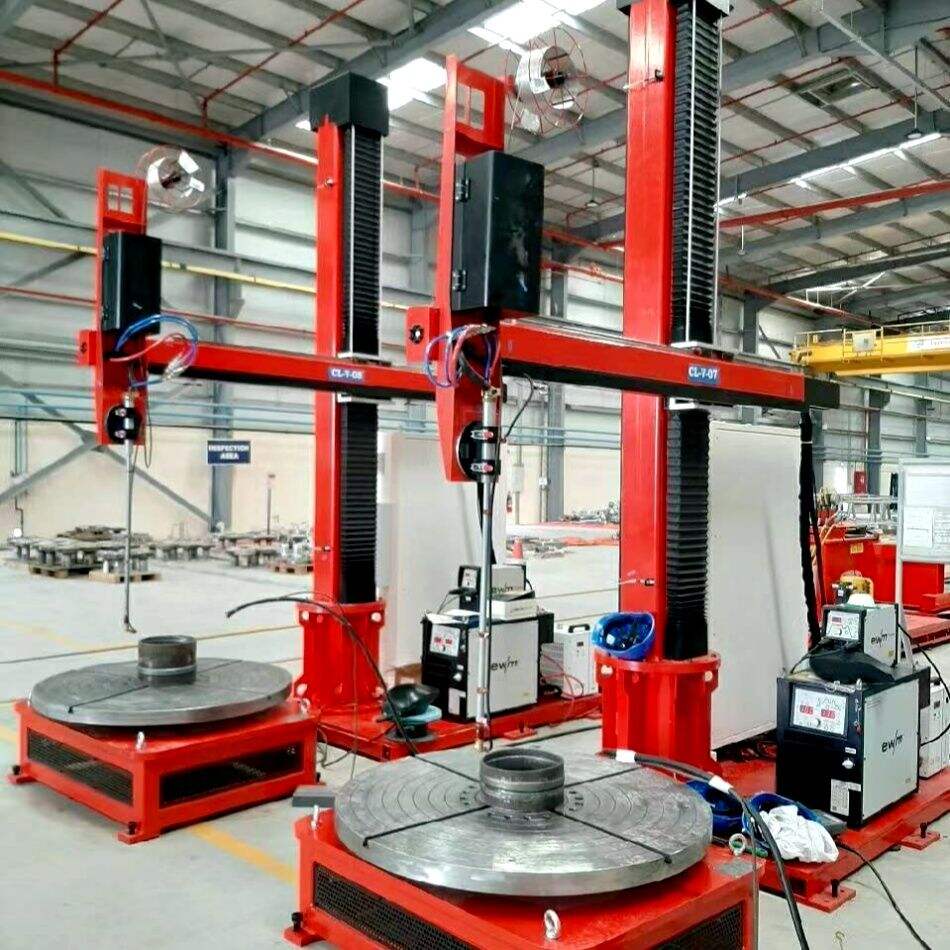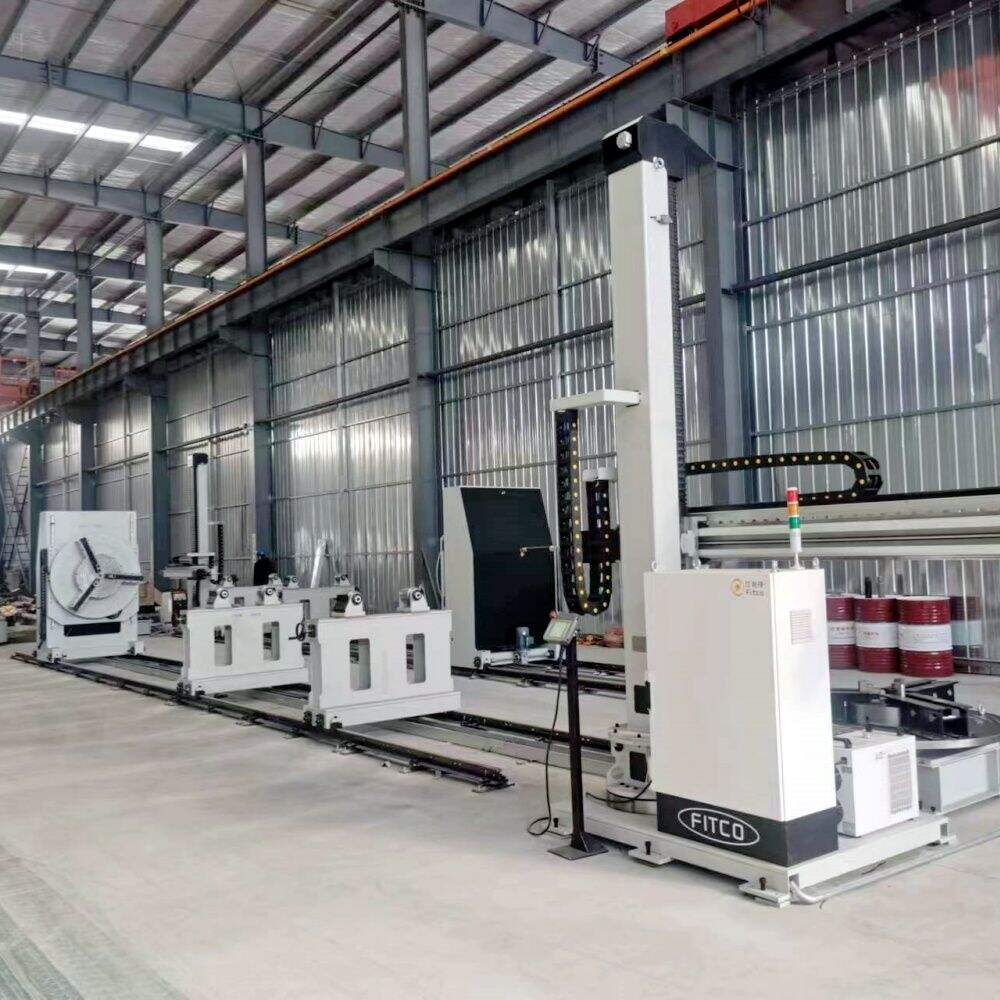inverter type welding machine
The inverter type welding machine represents a significant advancement in welding technology, offering a sophisticated approach to metal joining processes. This modern welding equipment utilizes high-frequency inverter technology to convert standard input power into a highly efficient welding output. The machine operates by taking standard AC power and converting it to DC, then through IGBT technology, transforming it into high-frequency AC, which is finally converted back to DC for welding. This process allows for precise control over the welding parameters, resulting in superior weld quality and consistency. The machine's microprocessor-controlled system enables real-time adjustment of welding parameters, including current, voltage, and arc force, ensuring optimal performance across various welding applications. These machines are particularly notable for their ability to maintain a stable arc and provide smooth welding operations, even under challenging conditions. They can handle multiple welding processes, including MIG, TIG, and stick welding, making them versatile tools for both professional welders and hobbyists. The compact design and lightweight nature of inverter welders, combined with their advanced features such as thermal overload protection and digital displays, make them increasingly popular in both industrial and personal applications.

 EN
EN
 AR
AR BG
BG HR
HR CS
CS DA
DA NL
NL FI
FI FR
FR DE
DE EL
EL HI
HI IT
IT JA
JA KO
KO NO
NO PL
PL PT
PT RO
RO RU
RU ES
ES SV
SV TL
TL IW
IW ID
ID LT
LT UK
UK SQ
SQ HU
HU TH
TH TR
TR FA
FA AF
AF CY
CY MK
MK LA
LA MN
MN KK
KK UZ
UZ KY
KY







